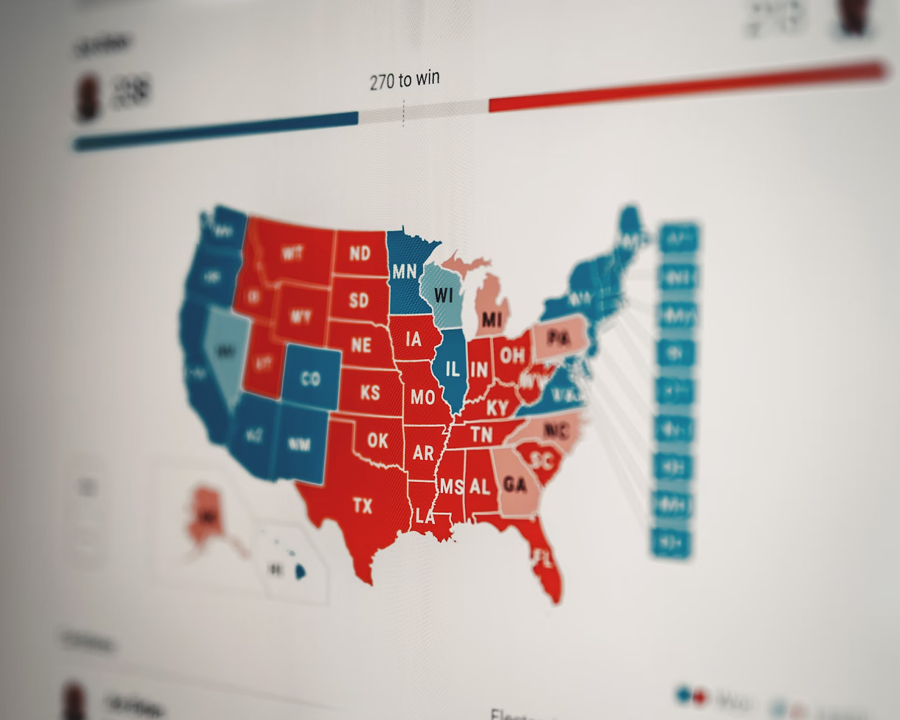For a good hour or so, at 19:00 Eastern Time on Tuesday, it looked like Kamala Harris was doing rather well. Early results might not have gone her way, yet even in Indiana, a state where she had no chance of flipping blue, suburban voters, nonplussed with Trump, appeared to have moved to her side.
As the night went on, the devil was in the detail, and before long it seemed Harris hadn’t reached her target demographics. The youth vote, so central to the “brat summer” that was keen, pro-Harris and, with the colour green, was swinging decisively for Trump in swing states. In an election split among gender lines, Harris targeted pro-choice women, but the demographic of white women ended up tilting an extra 1% to Trump nationally, compared to 2020. The black vote, despite having typically backed Harris, swung an extra 10% to Trump, guided by a successful Trump campaign targeting younger black men.
This election will hurt, but the post-mortem needs to be done. So, what shifted a race that seemed fifty-fifty throughout, into a MAGA rout with Trump becoming the first Republican in twenty years to win the popular vote and the potential gift of a GOP trifecta?
Skewed Campaign Priorities
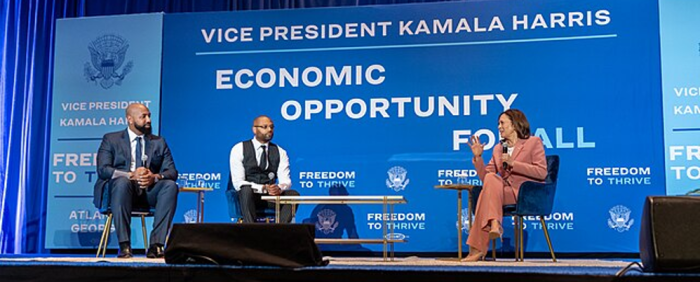
The legendary line of the 1992 campaign: “It’s the economy, stupid”, came back to haunt the Democrats this election. Persistent surveys showed that Americans felt better off under Trump than they did Biden, (with many political scientists suspecting Trump would have won the 2020 election were it not for his economic leadership during the pandemic).
Despite the question dogging Harris throughout the campaign, she didn’t seem to have a clear answer, and when half of voters, according to exit polls, rated inflation and the economy as a key issue, it was never going to be good news for the campaign defending the current administration.
A much more successful rallying cry for Democrats was on abortion, after the controversial overturning of Roe v. Wade. But, despite having been the party’s secret weapon to avert an anticipated Republican sweep in the 2022 midterms, it was only a top issue for 26% of voters.
A Late Departure

Questions had been raised about Joe Biden’s fitness to stay in the job for quite a while. He didn’t have much of a contest to become the Democratic nominee, but Americans were less than thrilled about the prospect of an old man vs. old man 2020 election rerun, and polls suggested Biden could lose.
Biden withdrew his candidacy in July, after what was widely seen as a horrific debate performance the previous month. But what if he had departed when it became clear voters didn’t want the same as four years before? Maybe it would have given the time for a stronger primary contest, rather than Vice President Harris being elected by endorsement of her superior (who was also very unpopular). It could have given Harris, or potentially a different nominee, a stronger profile and a platform to build from, rather than the uphill battle of reversing poor opinion polls in four months.
A Good VP Pick, Badly Used
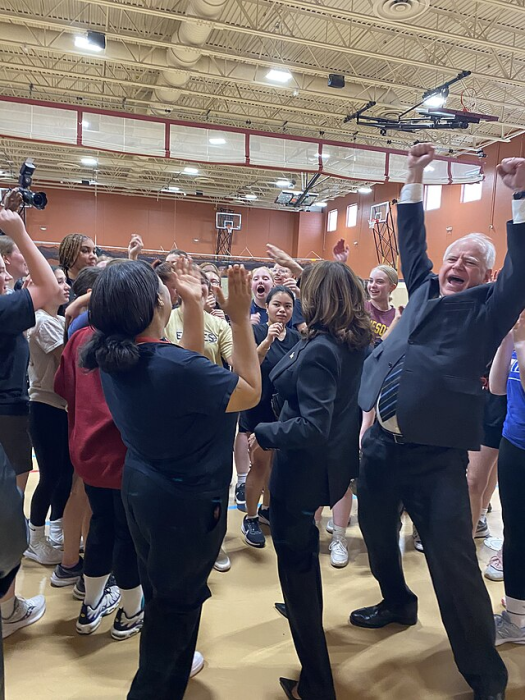
This point is more subjective, and there is certainly a debate to be had about whether running mates actually influence how the race goes. Nonetheless, Harris’ supporters heralded the selection of popular Minnesota governor Tim Walz. An ex-football coach and teacher with a track record of signing progressive bills (no doubt helped by a local Democrat trifecta), his down-to-earth and fatherly style contrasted with Harris’ more urban, affluent prosecutor’s background. He had also catapulted himself to memetic status for describing Republicans as “weird”.
It was always a risk for Harris to pick someone whose beliefs were more similar to hers, rather than plumping for the textbook example of Pennsylvania governor Josh Shapiro – the much more moderate governor of the swing state to end all swing states. There was always a family-style chemistry that worked well on TV screens, almost like a proud father supporting his daughter’s race (although their age difference is barely a year).
With hindsight though, it might not have been used effectively enough. You may recall the first interview Harris gave after being confirmed as Democrat nominee, where she sat next to Walz, then did all further interviews without him. While they may have been trying to establish a relatable character arc (and relatability was a key tenet of the Harris campaign), it seems weak by comparison.
Also memorable was the Vice Presidential debate on 1 October in which Walz was seen to have won the debate by most American viewers, however, for a good part of the session he was playing catch-up to the far more telegenic, slick and convincing JD Vance. Walz went for emotion and for the heart; but, perhaps to some success, Vance may have made Trump’s platform more palatable, while Walz was left behind.
Could a more conventional pick of Shapiro have helped shift the dial in Pennsylvania, which was seen as the key to either side gaining the White House?
We will never know. But Harris took a risk, and maybe with a stronger campaign, it may have worked.
Was Trump Ever Actually a Danger to Democracy?

One of Trump’s slip-ups that turned into a gift for Democrats was his saying to a group of conservative Christians that if he won: “you will never have to vote again”. It sounded dictatorial, Republicans too were unnerved, and the Democrats seized the opportunity to rub salt into the wound.
That said, one of the biggest motivating factors for Harris voters according to exit polls was the state of democracy in the US. But this suggests supporters were backing Harris out of fear of Trump rather than enthusiasm for her.
A special mention for Project 2025 as well – a blueprint for Trump’s second presidency, written by his advisors, that Harris would not let us forget, and that Trump claimed not to have heard of. Harris wanted Americans to make the connection between Trump and the autocratic seeming Project 2025, but it looked increasingly desperate.
A “Garbage” Quip led to a Trashy Dogfight
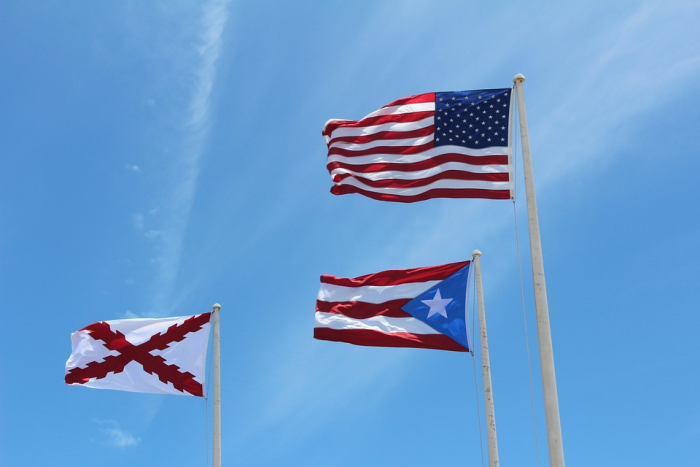
Who knew an apostrophe could cause so much debate?
Comedian Tony Hinchcliffe might not have been the most well-known name in US policy circles before this election, but certainly wound up as just that for one, badly-received joke calling Puerto Rico a “floating island of garbage”.
Cue Joe Biden quipping the next day that: “the only garbage is his supporters”, and what looked like an embarrassing mess-up for the Republicans turned into a Democrat meltdown. Someone in the White House staff realised what was going on and conveniently put an apostrophe in the word “supporter’s”, but by then, viewers and Americans had made up their minds on what he really said.
Puerto Rico is part of the US but as a territory, not a state, and so doesn’t get any electoral college votes, so we’ll never know what the area thought of the comment. The next day though, the Democrats unveiled Jennifer Lopez backing them. Puerto Rico might not be able to vote for President, but there remains a significant diaspora on the mainland, such as half a million Puerto Ricans in Pennsylvania. J.Lo’s quip of: “You can’t spell America without ‘Rica’” was repeated on TV coverage nationwide. Until Biden’s apostrophe slip-up, which turned what should have been a Democratic gift into quite the headache.
But compare it to Trump’s debate allegations about: “they’re eating the dogs” – Harris put down the bait, and Trump snapped it up. That comment was the reverse, and it looked ugly for both sides – or, for Hinchcliffe, a bit like Puerto Rico.
Better the devil you know?
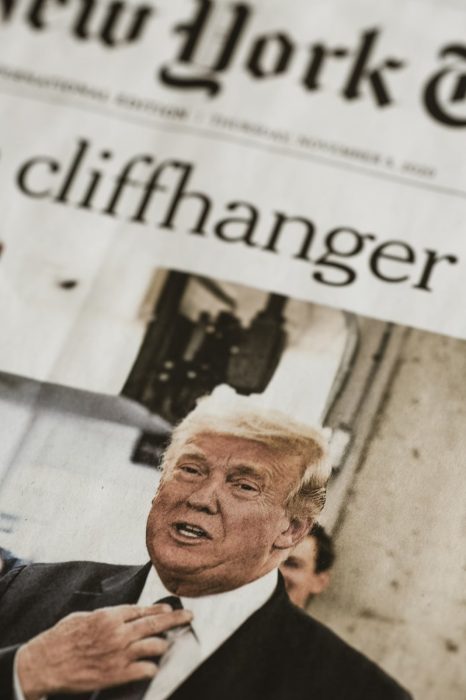
This election may seem similar to that of 2016, in that a race expected to go for Hillary Clinton ended up flipping to Trump on the day. Yet there is still a key difference.
Trump’s victory eight years ago was a leap into the unknown; the US voted to take a risk and select a president it didn’t know, who led a toxic campaign, taking the anti-establishment feeling of Bernie Sanders and of Brexit. This time, America knew what it was getting: it had had four years of Trump already, and it knew he had been convicted of the hush money payments. Instead of a gamble on the unknown, the US voted to return to what it had before. In some ways, Trump was the safe bet this time, the return to normality after four years in which conflicts opened up around the world, and after which, despite economic strength, Americans are still feeling the pinch.
Poor Luck?

The polls had seemed so good for Harris – one of the most extraordinary campaigns; the prosecutor versus the convicted criminal. Polls had the election on a knife edge leaning towards her, and then that random Ann Selzer poll on the weekend handed Harris the oh-so-certain Trump state of Iowa.
The polls were much more accurate than many analysts had believed, but they did miss one crucial problem – Trump ended up winning the popular vote by a greater margin than Biden did in 2020. His support base was much greater than many had suspected.
Most importantly, however, Trump improved in all aspects from 2020 across all target voter groups, and it’s pretty much a total victory. For Harris, there is no silver lining to her loss, and the next four years will certainly be eventful following one of the US’ most consequential elections.
